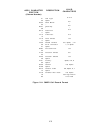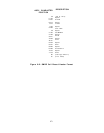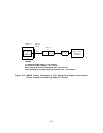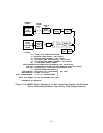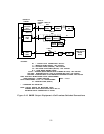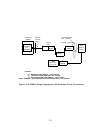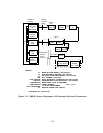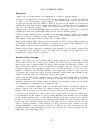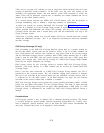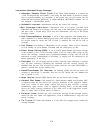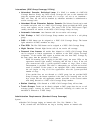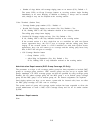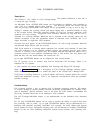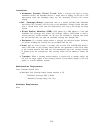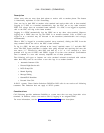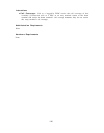Calls sent to coverage will continue to ring at single-line sender terminals but will cease
ringing at multiline sender terminals.
In the latter case, the calls will remain on the
incoming call appearance button, and that button’s status LED continues to reflect the
status of the call. In particular, covered calls to multiline sets remain available and can be
entered by the called (sender) station.
If a covered station activates the SEND ALL CALLS button, calls will be directed to
coverage immediately, with or without a single-ring reminder, as administered.
A station can provide (or receive) Individual Call Coverage (see Call Coverage-Individual)
and also be a member of a Call Coverage Group (sender or receiver). Unanswered calls to a
station, provided both Individual and Group Call Coverage, will first ring at the Individual
Coverage station and then, after a second delay cycle and still unanswered, will ring at the
Group Coverage station.
Calls from a covering station to a covered station will not be covered unless the covered
station has additional coverage.
This is an important consideration when the attendant
provides coverage.
DGC Group Coverage (V2 only)
Calls proceeding to the DGC–Call Coverage Receiver Group hunt in a circular fashion for
the first idle station, starting from the last station to receive a call. If all DGC members are
busy, both internal and external calls continue to ring and/or flash at the covered station
and any individual coverage receiver’s station(s) until a DGC station becomes idle. If a DGC
group is used for both DGC calls and group coverage, trunk calls into a DGC group have
priority over coverage calls. Calls sent by coverage to a DGC–Call Coverage Group member
station do not receive additional call coverage.
DGC groups cannot be call coverage senders to another DGC–Call Coverage Group.
However, calls made directly to a DGC member can be covered by another DGC–Call
Coverage Group.
Once a call has been redirected to a DGC–Call Coverage Group member, the call is
transferred to the covering station.
The call continues ringing until answered or dropped.
The call is not accessible at the covered station nor any individual coverage receiver once it
is redirected to an idle DGC station.
If all DGC members are busy, the call remains
accessible at the covered station until a member is available.
DGC–Call Coverage Groups count against the system specified maximum number of DGC
groups, but
not against the number of Call Coverage Groups. The limit of eight receiving
stations per Call Coverage Group does not apply when administering a DGC group as a Call
Coverage Group.
A maximum of ten stations per DGC–Call Coverage Receiver Group is
allowed.
Considerations
Call Coverage provides a way to redirect calls to alternate answering positions. The feature
is versatile enough to permit suitable alternate answering arrangements for virtually every
level of employee. Special functions, such as the Send All Calls feature, accommodate the
day-to-day variations that occur in an employee’s work schedule.
2-78



